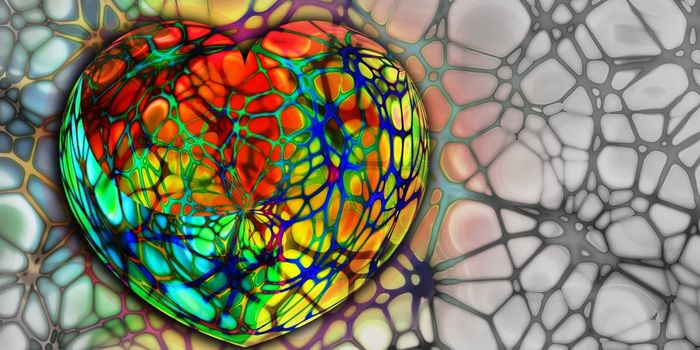Revealing Gene Expression Networks in Human Embryonic Stem Cells
Advances in genetic and computational tools have enabled researchers to study complex networks of gene expression in individual cells, and the patterns of gene expression in a population of cells across time. This is a major step forward compared to studies that focused on the expression of only a handful of genes, or only one gene or protein at a time. Researchers can now systematically eliminate or exaggerate the expression of individual genes, and assess the impact of removing or overexpressing those genes, and they can do so for huge numbers of genes.
Scientists have now done just that for human embryonic stem cells (hESCs), which orchestrate the development and growth of the human body. In this study, about 18,000 genes were deleted and 12,000 were overexpressed. The work has been reported in Genes & Development. It showed that as stem cells give rise to all the specialized cell types that make up the various tissues and organs we have, they do so through networks of gene expression.
"Our methods allowed us to create an atlas of nearly every gene in the human genome and determine what its overexpression or loss does to the most fundamental first steps of human development," said lead study author Kamila Naxerova, Ph.D. "Instead of looking at genes one by one, we looked at thousands of genetic alterations at the same time to determine how they affect the proliferation of embryonic stem cells, and, subsequently, the development of the three germ layers that serve as the raw material for human tissues."
When genes that are known to be involved in differentiation were deleted, the researchers were surprised to find that the stem cells were resistant to cell death. These genes may, therefore, be involved in both processes, they reasoned. Growth and death has to be carefully controlled and balanced in the cells of growing organisms, the study suggested. The hESCs were also less likely to die when a molecular structure called the SAGA complex was lost, but all three germ layers also failed to develop, highlighting the dual role of SAGA. Genes involved in germ layer development are known to influence the growth of cancer as well.
Scientists will have to reveal how genetic influences control the function of human embryonic stem cells in order to fully understand developmental biology and regenerative medicine, said co-corresponding study author Stephen Elledge, Ph.D., the Gregor Mendel Professor of Genetics and of Medicine at Brigham and Women's Hospital. "Our study provides the most extensive examination of gene functionality in hESCs to date."









